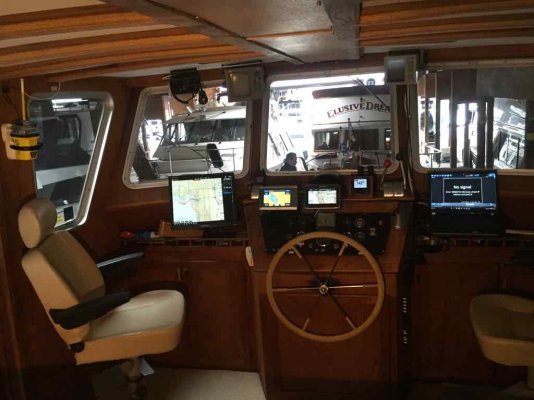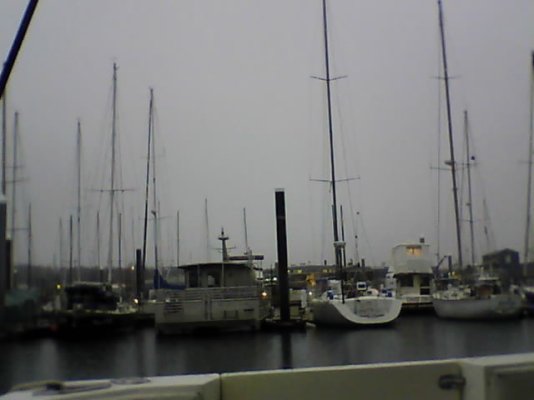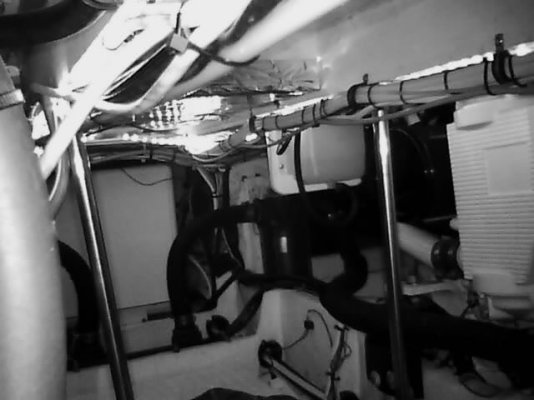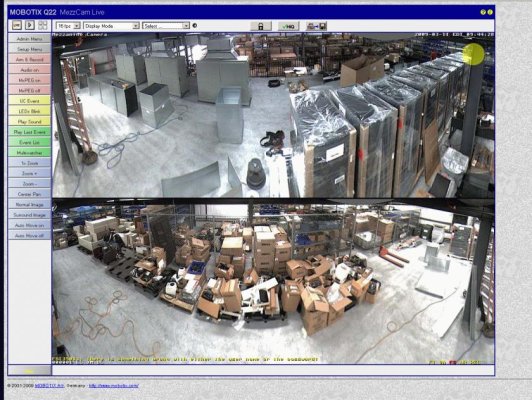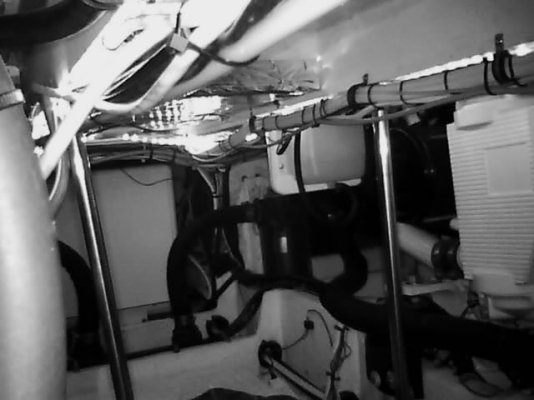Depending on the budget, there are cheap ones, and then there are good ones.
I have experience with mostly good ones. If it were me, I would install a mobotix Q25 or M25.
If you had a covered cockpit, the Q25 would be perfect since it sees 360 degrees all around. Not only could you see behind you, but all of the cockpit, as well as port / starboard and if mounted on the aft edge of the ceiling, it could cover the swim platform too.
That would also be a GREAT engine room camera as well. Rather than having several cameras pointing in different directions, mount one 360 degree camera where it can see the gauges and switch settings and you're done.
Q26 Hemispheric
You would need a POE source to feed Power over Ethernet to the cameras, and then hook the cameras into your router. Then any Ethernet device can see the cameras.
The M25 is a high resolution fixed point IP camera where the Q25 is a 360 degree camera. The M15 has both B/W and Color cameras so you have very good quality in low light levels, since it switches to B/W at night. It also works well with IR Illuminators too.
M26 Allround
These are not your vanilla cameras, but have a full linux system running inside and can record to local memory, or send email notifications with images or video. They have circular queues so you can set a trigger and start recording several seconds before the trigger occurred.
You can set trip lines where anything that moves will generate an event, with images or email, but that means you need to have access to internet.
I am not affiliated with Mobotix, but have used their cameras in several projects.

 .......
.......

